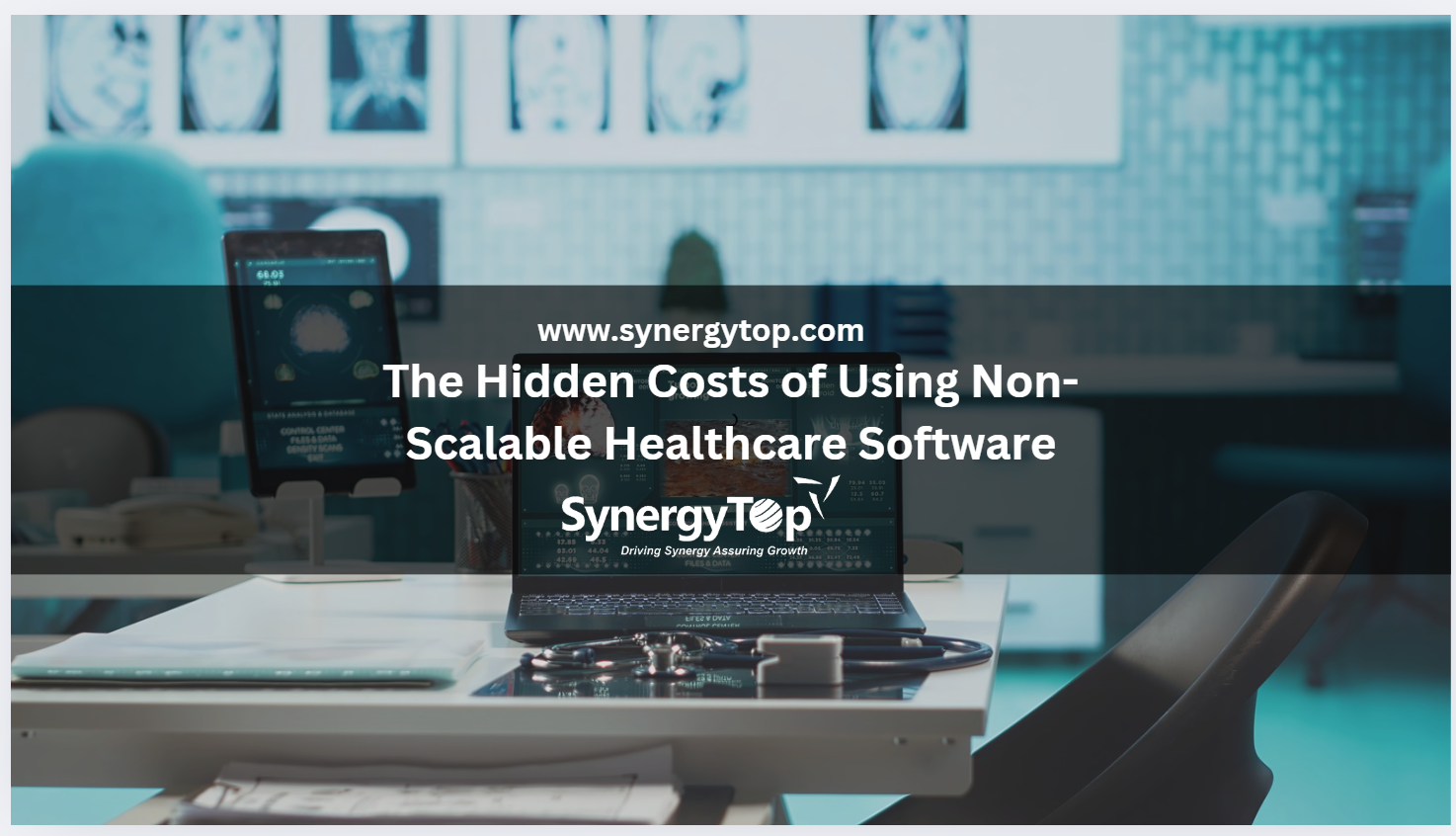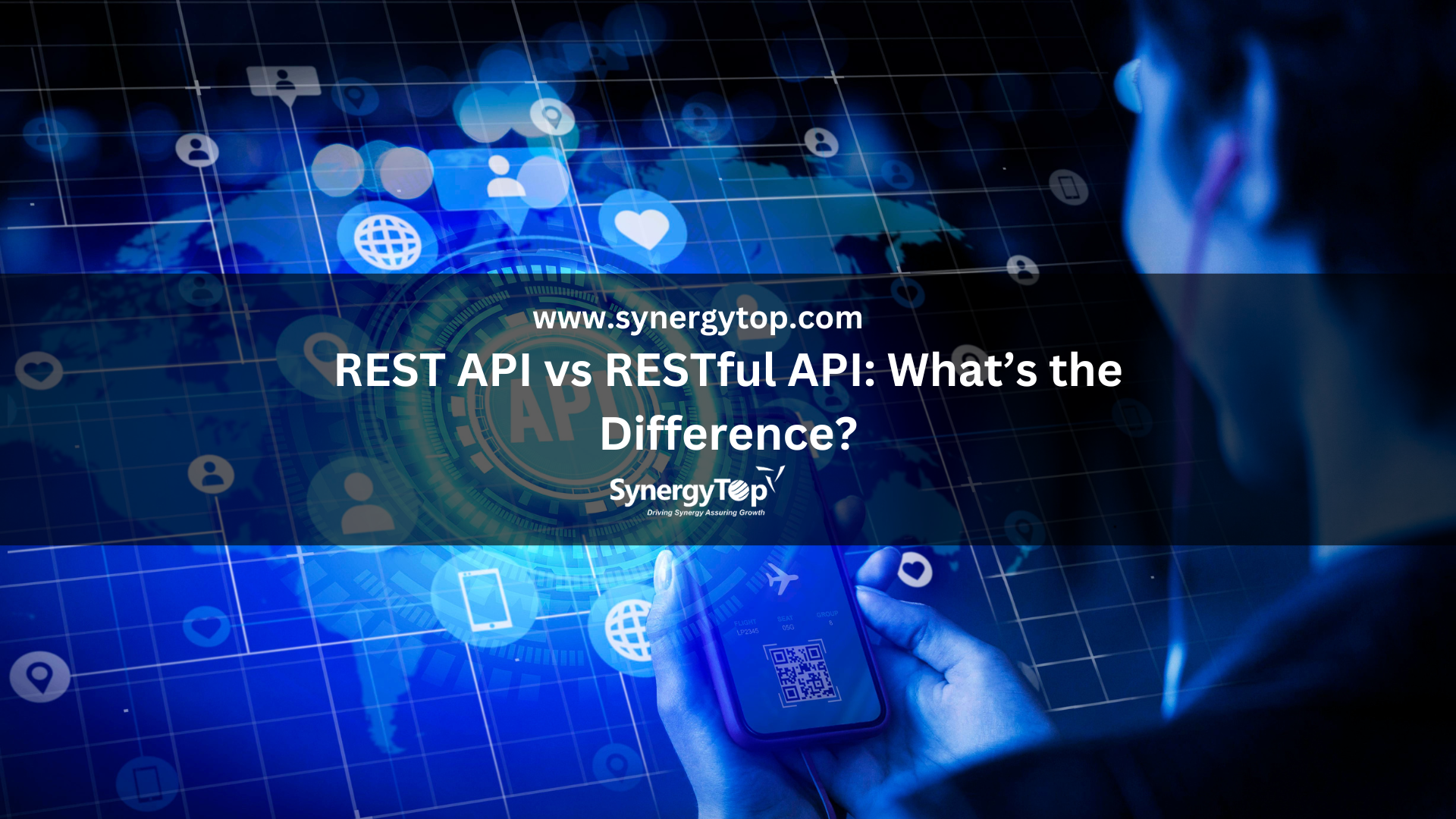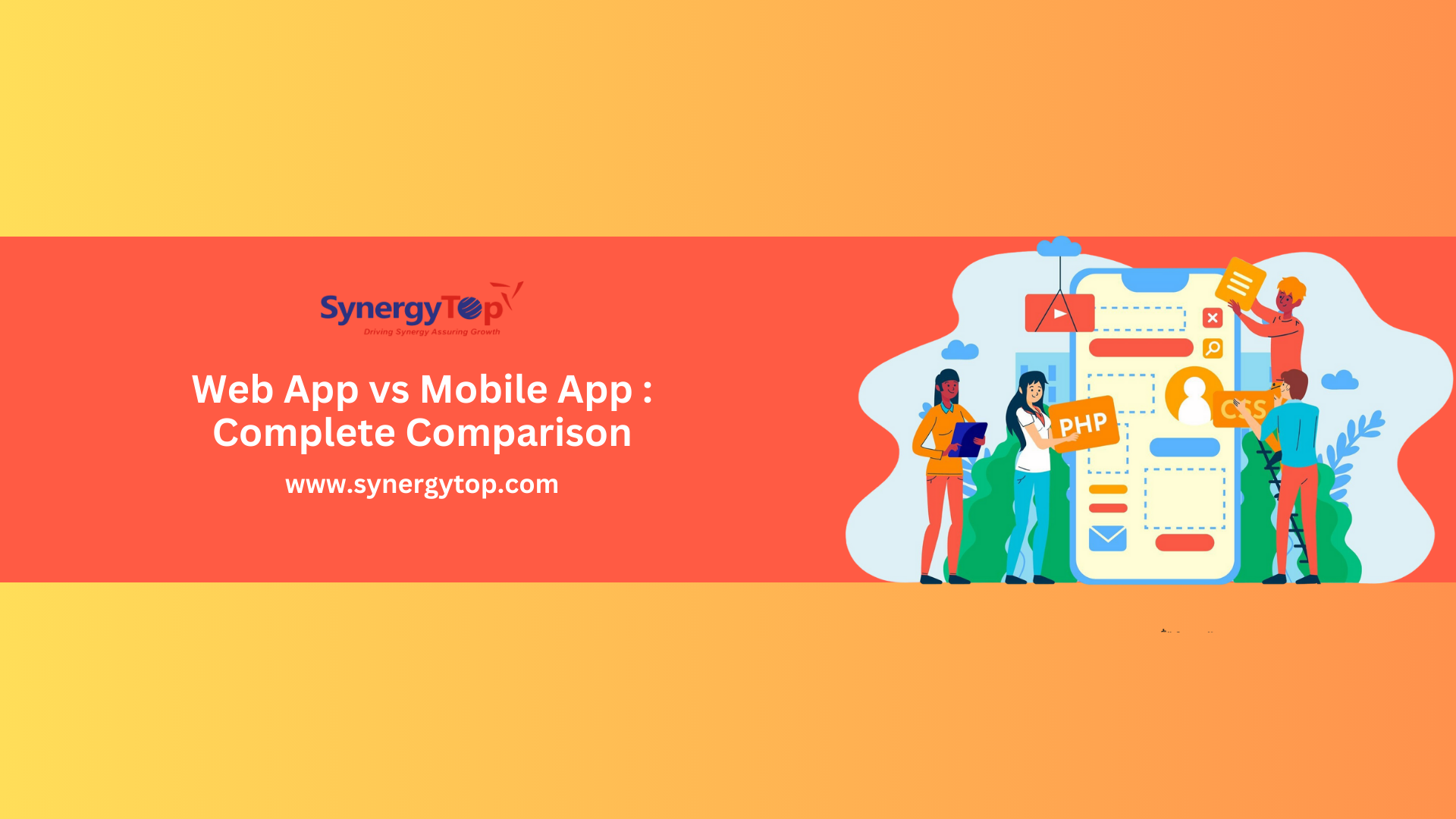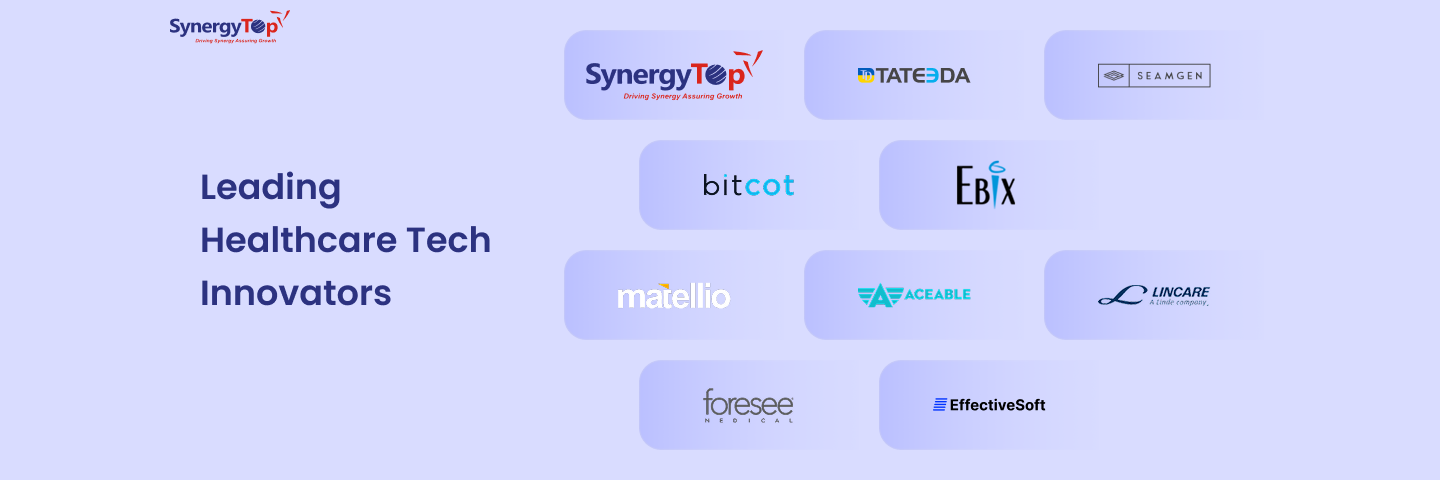Healthcare software solutions are more than just a tool today. They are the backbone of operations, care delivery, and compliance.
Using outdated or non‑scalable software may seem cost-effective at first. But what many practices don’t realize is that these systems often carry hidden costs that surface over time – frustration, delays, lost revenue, and even legal risk.
As a healthcare software development company, SynergyTop has witnessed first-hand how decisions made upfront echo through budgets and staff morale. In this guide, we’ll unpack those lurking expenses, so you can avoid them, move toward smart scalable solutions, and better serve both patients and staff.
What Does “Scalable Healthcare Software” Mean?
Scalable healthcare software can grow gracefully as your clinic or hospital grows. It handles more patients, more data, integrates new modules, and supports performance spikes. All without slowing down or breaking.
By contrast, non-scalable systems may perform fine now. But they will struggle and fail with increasing load and lead to:
- Slow data load speed as patient volume grows
- Difficulty adding new modules or third-party tools
- Crashes during peak times (e.g., flu season)
- Costly manual workarounds
Scalability isn’t a buzzword, it’s a safeguard. When you scale, you’re investing in systems that grow with you. When you don’t, you incur costs beyond simple licensing fees.
6 Hidden Costs of Using Non-Scalable Healthcare Software
The key hidden costs of using a healthcare software solution that doesn’t scale with your business include:
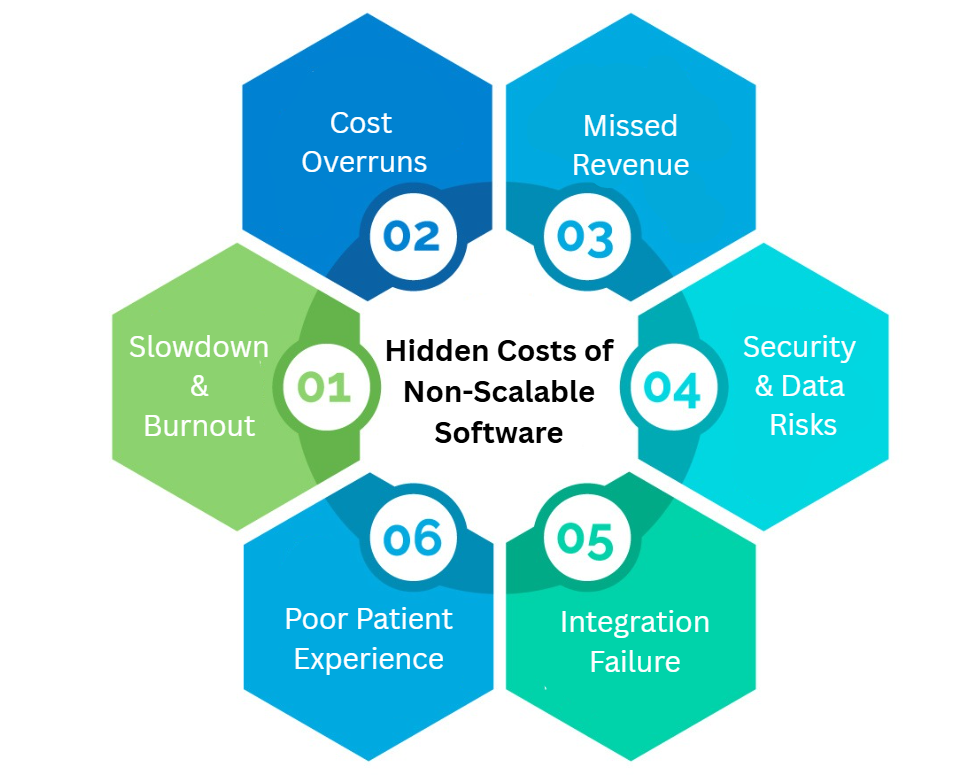
1. Operational Slowdowns & Staff Burnout
A clinic’s staff already face pressure. Add slow software into the mix, and tasks get longer and more frustrating.
Picture this:
- A nurse clicks a patient chart, three seconds to load.
- A physician spends extra minutes clicking through menus and re-entering data.
- Repeated freezing forces staff to use paper notes and double-record later.
These slowdowns compound. Studies and reports estimate that outdated systems cost practices thousands of lost hours annually. Plus, frustrated staff quits. And hiring replacements adds cost and downtime.
Cost insight: If 5 staff each lose 30 minutes daily, that’s over 60 paid hours wasted every week.
The hidden cost? Not just lost time, but staff morale, turnover expenses, and clogged schedules.
2. Maintenance, Support & Upgrade Overruns
Buying software often seems cheaper, until patches, support contracts, integrations, and custom fixes roll in.
Legacy EHRs often require:
- Manual patching and server upkeep
- Support fees per incident or user
- Consultants to integrate modern tools
Data from Wikipedia shows EHR maintenance averages about $85,000 per year. But technical support, consultants, and multi-vendor complexity can easily double that.
Hidden cost: You may own the system, but you keep paying to keep it working.
3. Missed Revenue & Billing Errors
When your software doesn’t auto-update billing codes or flags errors, claim submissions falter.
Here’s a snapshot:
- Incorrect or missing CPT codes cause denials
- Delayed claims reduce cash flow
- Unbilled services slip through the cracks
Industry analysis shows inefficiencies in billing and claims amount to hundreds of billions lost annually.
A clinic with $5M in annual claims can lose $50,000–$200,000 just from coding errors and delays. This isn’t an IT problem. It’s a revenue problem with real-world dollars on the table.
4. Compliance, Security & Legal Risk
In healthcare, data isn’t just data, it’s protected under HIPAA, HITECH, and various state laws. Outdated systems often don’t support modern encryption, audit trails, or timely patches.
The average healthcare data breach now costs around $10 million per incident in the US.
Even without a breach, poor logs or missing compliance features can trigger fines or audit penalties. The actual cost? Brings budget lines crashing and puts trust at risk.
5. Integration Failures & Data Silos
Healthcare ecosystems are complex: labs, radiology, billing, patient portals, telehealth, and clinical decision tools. If they don’t connect, your data becomes siloed and your workflows fragmented.
Data silos lead to:
- Duplicate tests
- Manual data transfers
- Confusing patient histories
- Blocked access to analytics
Estimates show data silos drain hospitals of billions annually. Staff spend hours reconciling patient data, time that could be spent diagnosing and treating.
Without scalable integration, your software isolates you, curbing innovation and slowing growth.
6. Poor User Experience & Patient Satisfaction
Poorly designed interfaces hurt more than staff, they affect patients too.
Research shows clinicians often spend half their shift navigating EHRs instead of engaging with patients.
Poor software leads to:
- Longer wait times
- Less eye contact during consultations
- More clerical errors
- Less adoption of patient-facing features
A slow or frustrating appointment process frustrates staff and patients alike. This leads to poor reviews, missed appointments, and lower patient retention.
What to Look For in Scalable Healthcare Software
Investing in modern systems saves money (and lives!) over time. Here’s what to prioritize:
- Cloud-Based Architecture
-
-
- Pay-as-you-grow model
- Automatic scaling during peak demand
-
- Modular & Interoperable
-
-
- Plug-and-play APIs and FHIR compliance
- Seamless lab, radiology, billing, CDSS integrations
-
- Automated Updates & Security
-
-
- Regular patching and built-in encryption
- Audit logs for compliance and breach response
-
- Usable & Fast Interfaces
-
-
- Designed for clinicians with UX best practices
- Fast navigation, role-based views
-
- Analytics & AI Ready
-
-
- Support for real-time dashboards
- Enables population health and predictive modeling
-
Scalable systems offer ROI not just in cost, but in staff efficiency, patient satisfaction, and adaptability.
Avoiding the Hidden Costs
When evaluating your software, begin by gathering data:
- Track inefficiencies: mean load times, staff data-entry hours
- Monitor billing performance: denial rates, delay days
- Assess security gaps: encryption, audit capability, patch schedule
- Survey satisfaction: staff experience and patient feedback
Next, compare with scalable alternatives:
- Cloud-native platforms
- Open APIs and FHIR ecosystems
- UX-focused and performance-optimized software
Scalable solutions may cost more upfront, but they save money, improve care, and reduce risk long-term.
Final Thoughts
Non-scalable healthcare software quietly accumulates costs that eat into efficiency, revenue, security, and satisfaction. These expenses are real, but often invisible until they grow too large.
Moving to scalable, modern systems isn’t a luxury but a necessity.
At SynergyTop, we build healthcare platforms with scalability, security, and interoperability in mind. We help organizations avoid hidden costs by guiding their transition from legacy systems to modern, cloud-enabled ecosystems.
If your practice is facing slowdowns, billing issues, or rising IT burdens, it’s time to consider what scalable software can offer. Schedule a no-cost consultation with our healthcare experts and let’s take this step together, toward a future where technology supports care, not complicates it.


